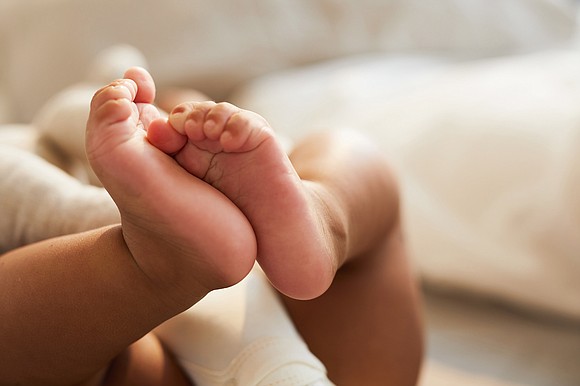US birth rates rose slightly in 2021 after a steep drop in the first year of the pandemic, CDC data shows
CNN/Stylemagazine.com Newswire | 5/24/2022, 10:46 a.m.

Originally Published: 24 MAY 22 00:02 ET
By Deidre McPhillips, CNN
(CNN) -- Early speculation that the Covid-19 pandemic may lead to a baby boom has been turned on its head, with early data showing more of a baby bust -- and worsening rates of some adverse outcomes.
After a steep drop in the first year of the pandemic, US birth rates rose only slightly in 2021, according to provisional data published Tuesday by the US Centers for Disease Control and Prevention's National Center for Health Statistics.
It was the first time in seven years that the US birth rate increased. Births had been dropping by an average of 2% a year since 2014, including a decline of twice that much between 2019 and 2020.
Nearly 3.7 million babies were born in the US in 2021; that's about 46,000 more than were born in 2020, but the 1% increase still put the number short of 2019 levels.
The drop in birth rates in 2020 was one of the largest in decades, and the slight rise in 2021 "doesn't necessarily mean that that declining trend is over," said Beth Jarosz, a demographer and program director with the nonprofit Population Reference Bureau with a focus on child well-being.
Postponed pregnancies or changes in access to contraceptives could have influenced 2021 birth rates, and "2020 was such a weird year," she said.
"I'm always a little bit skeptical of just one year [of data]. But in this case, I really would need to see what happens in 2022 to try to suggest that that's any kind of a rebound or trend."
While birth rates rose for white and Hispanic women in 2021, they dropped for Black, Asian and American Indian women.
Overall, rates of c-sections -- including those for low-risk deliveries -- continued upward trends. Nearly a third (32%) of all deliveries and more than a quarter (26%) of low-risk deliveries were c-sections.
Preterm birth rates also increased in 2021. About 10.5% of infants were born at less than 37 weeks gestation, the highest that rate has been since at least 2007.
Rates of c-section and preterm birth were disproportionately high for Black women, the provisional data shows.
"When a pregnant person is under stress, that can lead to an increase in preterm births. And clearly, there was a lot of stress in 2020 and 2021," Jarosz said.
Some research has also linked Covid-19 infection during pregnancy to a higher risk of preterm birth.
Teen birth rates reached another record low nationwide, with about 14 births for every 1,000 females age 15 to 19.
But birth rates rose for all age groups 25 and up -- especially among those ages 35 to 39. The average age of mothers at time of birth has been on the rise for at least a decade. And although the average age of mothers is not yet available for 2021, preliminary data show that more than half of births were among mothers who were 30 or older, up from 49% in 2020.







